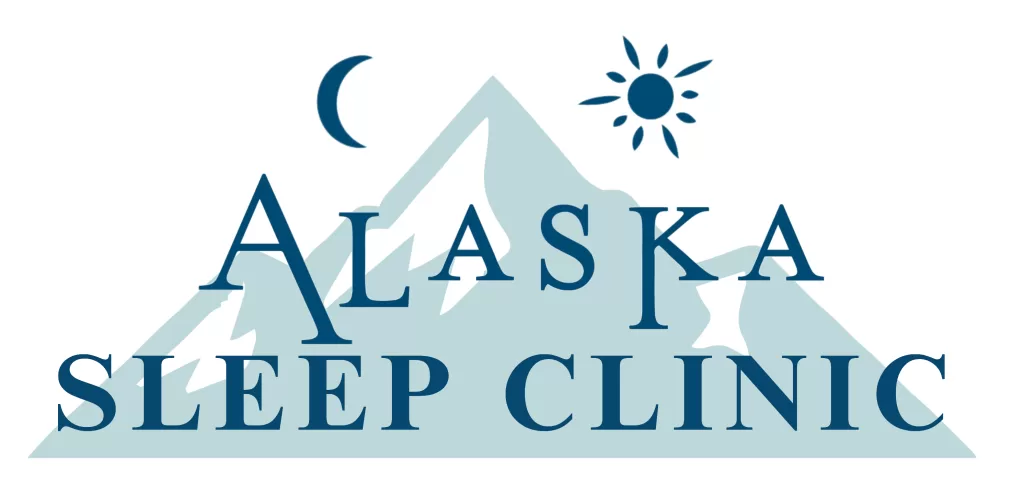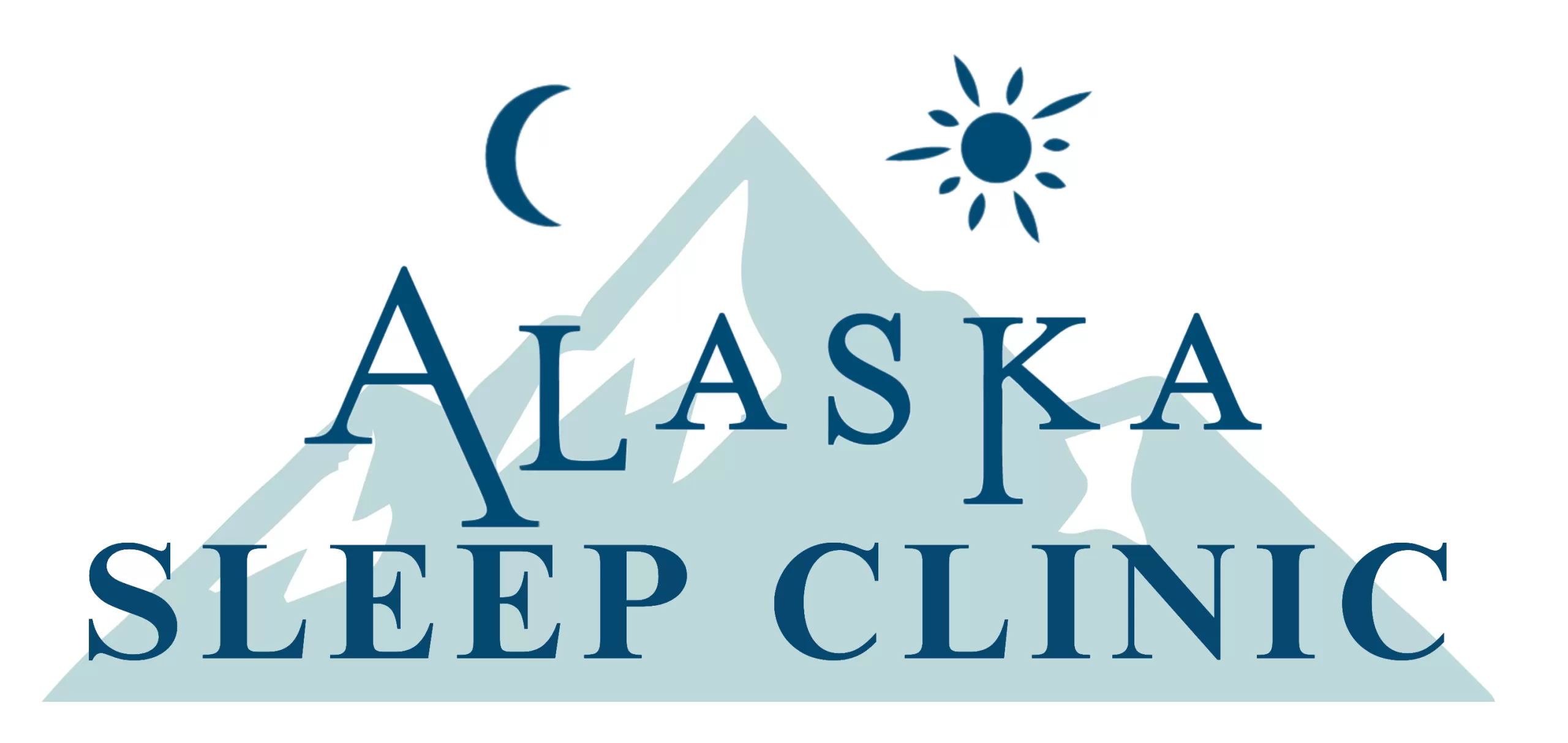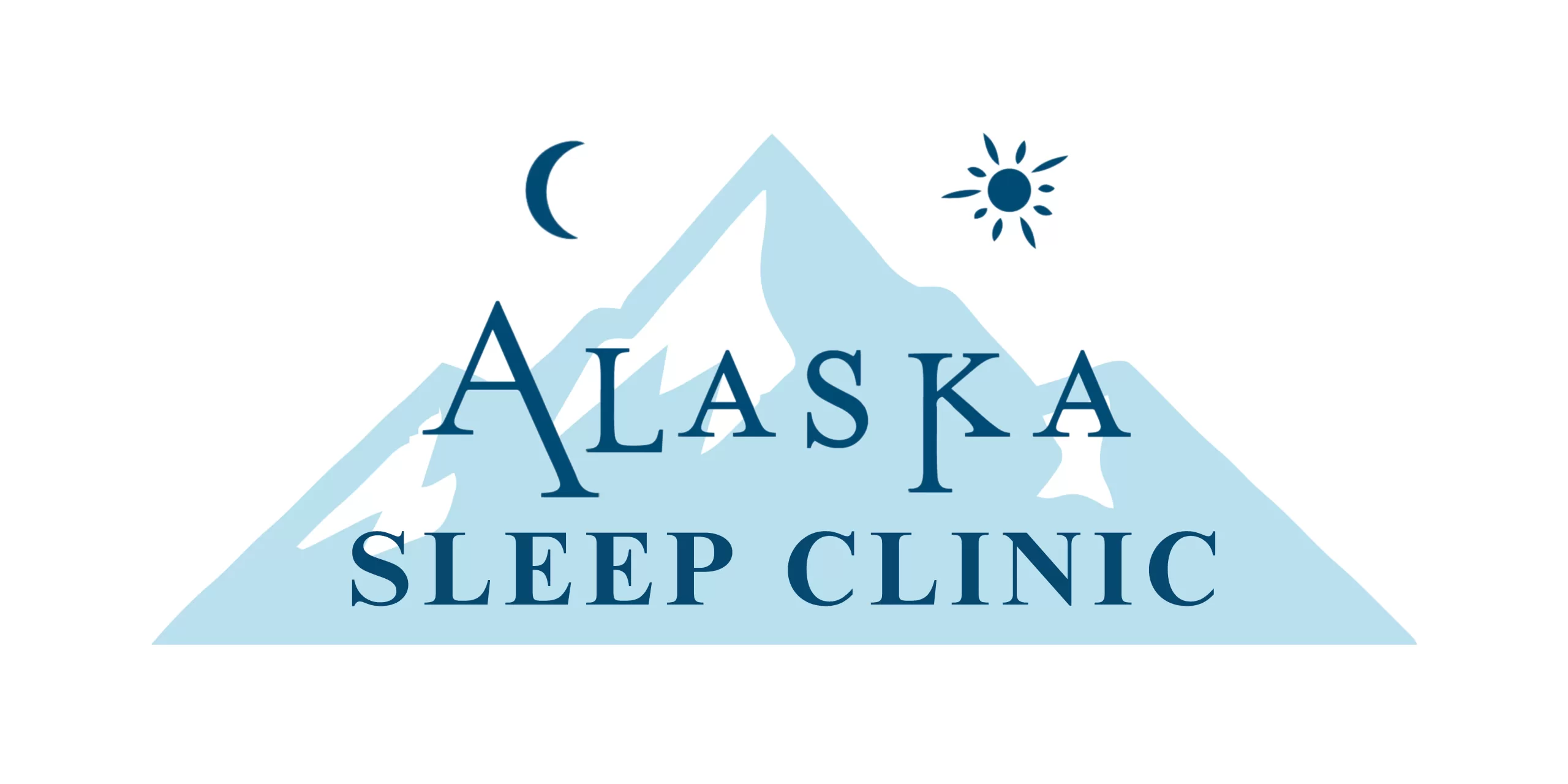If you have ever tried to explore an excellent mattress, there is a great chance you have come across the term “pressure points” thrown around a good bit.

What Are Pressure Points?
In mattress language, a pressure point is essentially any area of the body which feels uneasy once you lie down.
They are all of the parts of your body that stick out and take on more pressure than the rest of you, and they are most commonly found in the buttocks, shoulders, and knees.
How Great Mattresses Help
Bear in mind, though — so far, we have only been talking about the areas of the body which are most likely to develop stress points.
The top mattresses have the absolute quantity of upthrust — that is, they are ready to push and provide support for each and every part of the body.
A mattress with appropriate comfort and support will totally reduce pressure points while you rest, resulting in less tossing and turning, fewer pains and aches on waking, and general better-quality rest.
Innerspring Mattress Pressure Points
Conventional innerspring mattresses — the most economical, most popular kind of bed on the current market, and the one you’re probably most familiar with — often fare the worst at the strain point section.
Most types of coils provide precisely the same amount of upthrust at each point, which is really bad for stress points.
Some sorts of innerspring mattresses are better at this than others, however.
Pocket springs, for example, are individually wrapped, allowing for much superior support.
The springs sink more with the areas of the body which are carrying more weight, whereas the areas of the body require less weight feel light upthrust.
This allows for more even pressure distribution throughout your whole body.
Foam Mattress Pressure Points
But even the best innerspring mattresses do not offer the exact same type of pressure relief as memory foam.
Memory foam mattresses adjust correctly to the shape of the body, totally eliminating the chance of pressure points.
Fundamentally, foam mattresses are made from a substance that softens in response to pressure and heat.
This implies that all of the lumpy bits of your body are able to sink in rather than taking the undue strain, reducing the risk of pressure points.
Latex Mattress Pressure Points
Latex mattresses require all the benefits of memory foam and go one step further.
Rather than requiring warmth to allow each part of your body sinks enough, latex does this naturally.
By its real quality, latex provides and springs back into shape in reaction to your body.
This implies latex mattresses (especially ones made from 100% organic materials) can offer the same type of pressure point comforting as foam mattress, just without the same propensity to sleep hot.
Pressure Factors and Adjustable Beds
Memory foam, pocket coils, and latex all offer many reliable solutions to the issue of pressure points.
If for some reason none of these help you, however, you may want to think about spending in an adjustable mattress and bed.
To be clear, you probably don’t need to go around spending this much money due to pressure points alone.
Adjustable beds usually are rather expensive, and they are typically only necessary if you are experiencing severe medical problems.
Having said that, certain conditions can exacerbate the distress of pressure points, which makes an adjustable bed more of a workable alternative.
Adjustable beds can alter the angle of your body as you sleep, relieving pressure on specific areas (most commonly the lower spine).
A number of them also include adjustable firmness levels, offering different levels of pressure relief for specific regions of your body.
The impacts of pain-related sleep loss on millions of Americans are far-reaching. The problem is a notable one given the number of Americans who suffer from pain. The 2015 Sleep in AmericaTM Poll finds that 21 percent of Americans experience chronic pain and 36 percent have had acute pain in the past week. Those combine to a majority of the nation’s adult population, 57 percent, leaving 43 percent who report being pain free.
It is time to find a sleep professional when pain causes sleep problems and you are unable to fall asleep again. There are a variety of treatments available to ease the sleep problems of chronic pain sufferers. Call Alaska Sleep Clinic today for your free sleep assessment with a board-certified sleep specialist.

About the Author: Allison StaIey is a content writer for sleepdelivered.com.
If you’re looking for a mattress to aid with your chronic back pain, read their Puffy Mattress Review.












